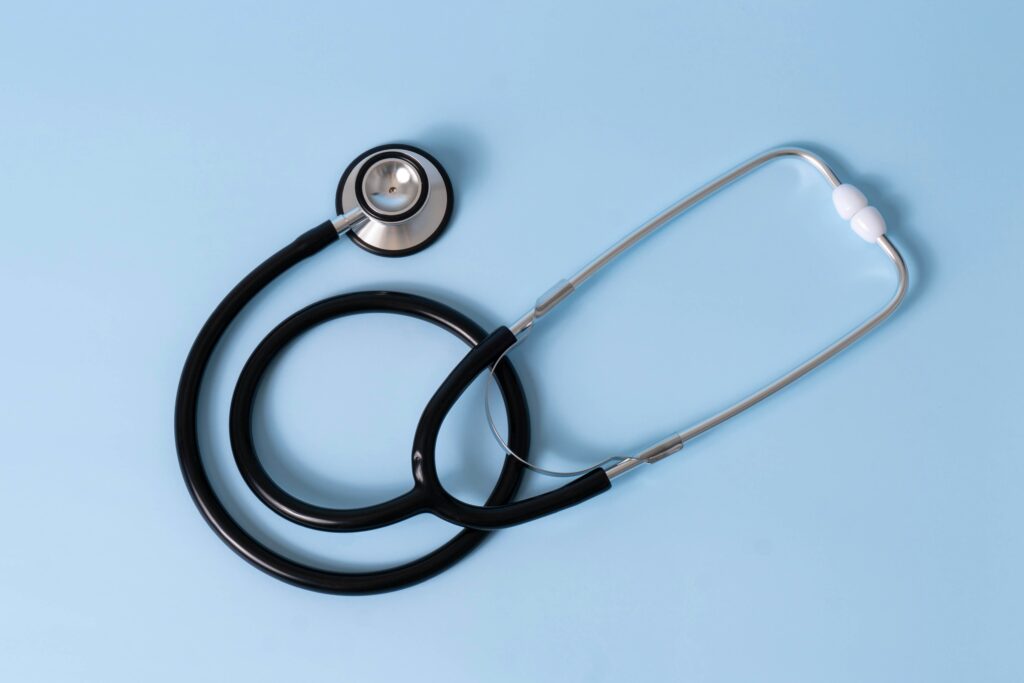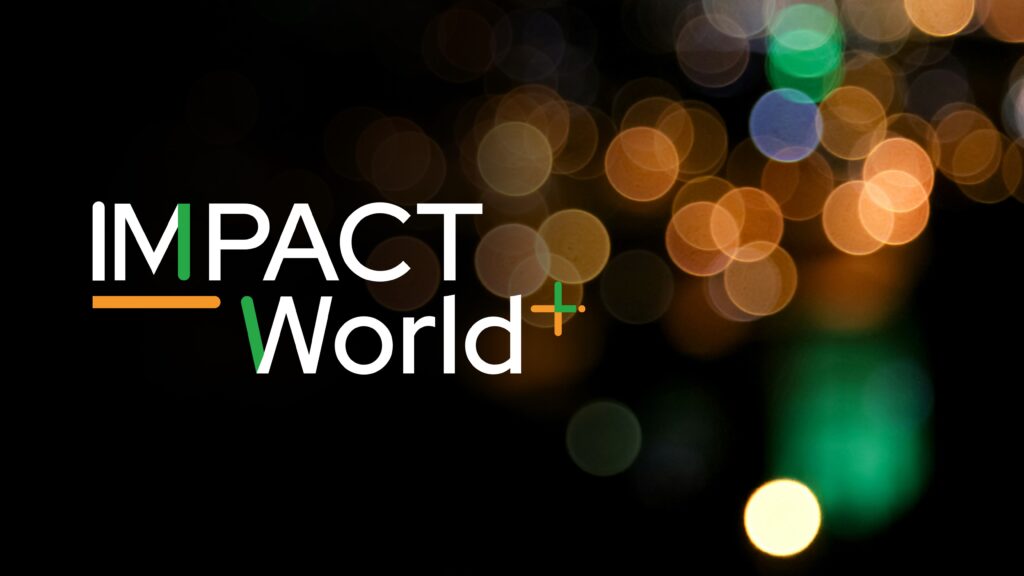
The aim of this project is to develop a methodology for quantifying direct and indirect GHG emissions that is homogeneous for all healthcare and social services institutions, adapted to their context, scientifically robust and easily operational.
Since its first edition in 2009, the practice of social life cycle assessment (S-LCA) has evolved from a small circle of academic practitioners to one that now includes stakeholders from industry, policy makers, and business. This means having updated information and guidelines that do not need prior à understanding of lifecycle approaches. It also means ensuring that the right tools are in the hands of those who can inform the decision-making processes. These updated Guidelines fulfils both these objectives.


The aim of this project is to develop a methodology for quantifying direct and indirect GHG emissions that is homogeneous for all healthcare and social services institutions, adapted to their context, scientifically robust and easily operational.

Regioinvent is a Python module that connects ecoinvent to an international trade database (BACI) to ultimately achieve a complete regionalization of the ecoinvent database.

IMPACT World+ is a globally regionalized method for life cycle impact assessment (LCIA).
Privacy Policy | Cookie Policy | Manage consent
© CIRAIG 2022 – 3333 ch. Queen Mary, Montreal, QC